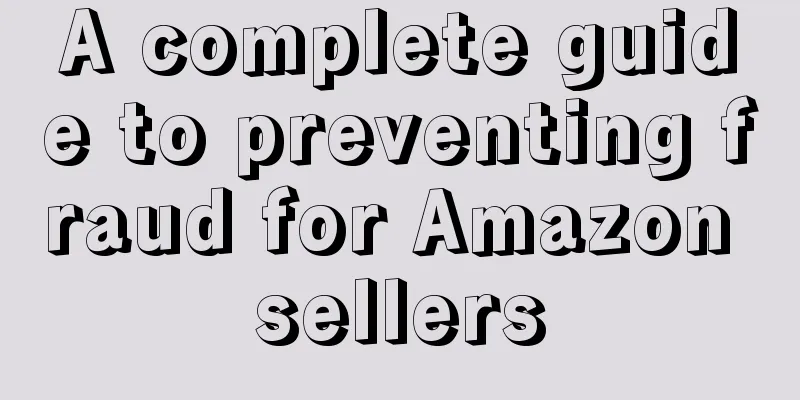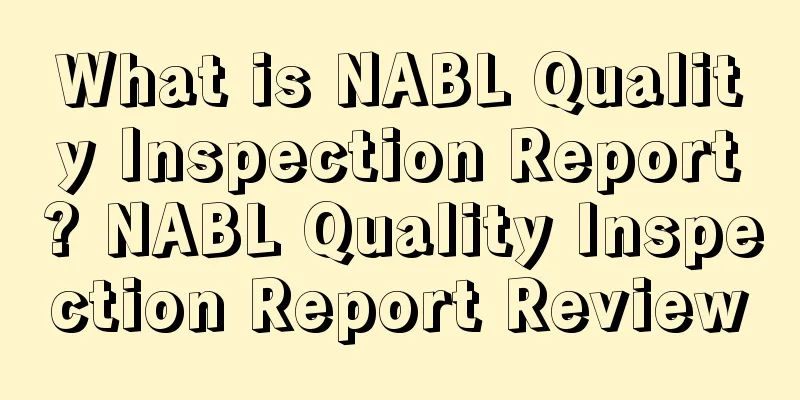|
There are endless reports about Amazon fraud. In addition to consumers, sellers are also one of the victims of fraud, especially novice Amazon sellers.
Amazon scams include but are not limited to email and phone scams, asking sellers to transfer money, products not received, etc. According to Marketplace Pulse's research data, an average of 100 new scam accounts are added every day, and even more during the peak shopping season.
Therefore, sellers must take relevant measures to prevent fraud.
Amazon is one of the world's largest e-commerce platforms, and fraud incidents are increasing every year. Some common types of fraud include phishing, refunds, etc. Sellers should be vigilant:
Fraudsters pretend to be platforms and then obtain personal information from sellers. Phishing is common and the scams are becoming more sophisticated.
Phishing mainly involves sending emails containing malicious links to sellers, and illegally obtaining your login information and password after you click the link.
This type of fraud is very common, where the buyer claims that they did not receive the product after purchasing it and asks for a refund or re-shipment. Sometimes the buyer may not have received the product.
In the face of this type of fraud, sellers are advised to take appropriate measures, such as choosing a logistics service provider with tracking information to ensure that there is product receipt information.
This scam is when the buyer claims that the product they purchased is not new or is damaged and asks the seller for a refund. Sellers can conduct product quality tests and purchase some stickers specifically designed to prevent this scam and put them on the product.
Most scams happen via email, which can easily gain access to your personal information.
One type of scam is to send an order email and ask the seller to ship the goods. If the seller does not find relevant content in the order information, he must not ship the goods easily. Just delete the email and do not respond, because criminals will take the opportunity to further ask about shipping and payment information and induce you to disclose important data.
If you have any doubts about the email attachment you received , please do not open it and delete it directly. Remember, Amazon will not ask sellers to provide any sensitive information.
How can sellers protect themselves? Some fraud prevention measures sellers can take include:
1. Report suspicious behavior to Amazon
Someone on the Amazon forum suggested that if you find that a seller is suspected of fraud, you can send an email to Amazon ( [email protected] ) in the following format:
Topic : Fraudulent activity or Possible fraudulent seller Content : I suspect or doubt that these sellers are engaging in a fraudulent activity. I request you to please investigate as soon as possible . Include your name and link at the end of the content. In addition to sending an email, you can also report it to the official Amazon Seller Forum, which has a dedicated section for this.
2. Protect account security
Hacker attacks on seller accounts happen frequently nowadays, and it has become one of the issues that Amazon needs to focus on.
As a seller, you can take the following steps to protect your account security: Change your passwords regularly Set up two-step verification for your seller account
Amazon will never send emails asking sellers to provide personal information. If you encounter such emails, please ask Amazon immediately.
3. Respond to customers proactively
Replying to customers in a timely manner can help you build a good rating and prove to Amazon that you are a qualified seller. In addition, you can also provide high-quality delivery services to prove that you are a qualified seller.
4. Turn on push notifications
If you’re using a repricing tool or other price monitoring tool, remember to turn on push notifications so you can track down fraudulent accounts.
5. Pay attention to the email address
Phishing and email fraud are closely related, so sellers should be aware that Amazon email addresses all end with @amazon.com .
If you receive an email with any other ending, be sure to check first to see if it is a scam. Here are some examples of scam emails:
In addition, scammers often use URLs such as https://sellercentral-secure-amazon.co to confuse sellers to log in to their accounts. Some phishing emails will appear to redirect to Amazon's official website, but it is actually a shortened URL that jumps to other websites. Never click on such links. Hover the mouse over the link to view the full link, which can help you determine whether it is a real or fraudulent address. Sellers should also be wary of emails that contain grammatical or spelling errors. Ends in ".amazon.com" or "sellercentral.amazon.com." Emails ending with "amazon.com.biz" or "sellers-amazon.com" are definitely scams.
6. Enable two-step verification
Two-step verification is one of the best ways to prevent fraud. Sellers can only log in to their accounts through two-step verification.
7. Never share your sensitive information
If you receive an email or phone call claiming to be from Amazon asking you to log in with a verification code they provide, never accept it. Sellers should not share any sensitive information regarding bank or sales account numbers.
If you receive an email claiming to be from Amazon, be sure to check for grammatical or spelling errors . If there are any, it means it is a phishing email and do not click on any links in it. If you feel suspicious when talking to Amazon, change your seller account password immediately. If you click on a suspicious link or even try to log in to your account, the attacker can access your account even if you change your password. If you have any questions, please go to the Help section of Seller Central and enter your questions to request a response from Amazon.
Bottom line, if in doubt about an email, don't click on any links.
Fraud on the Amazon platform is increasing. Therefore, many sellers on the forum recommend stricter audits of new accounts. If you find any fraud or suspicious behavior, please email Amazon immediately to protect yourself.
Statement: When reprinting this article, the title and original text must not be modified, and the source and original link must be retained. |










